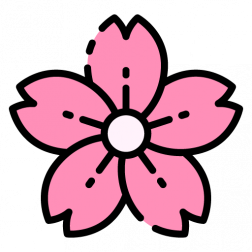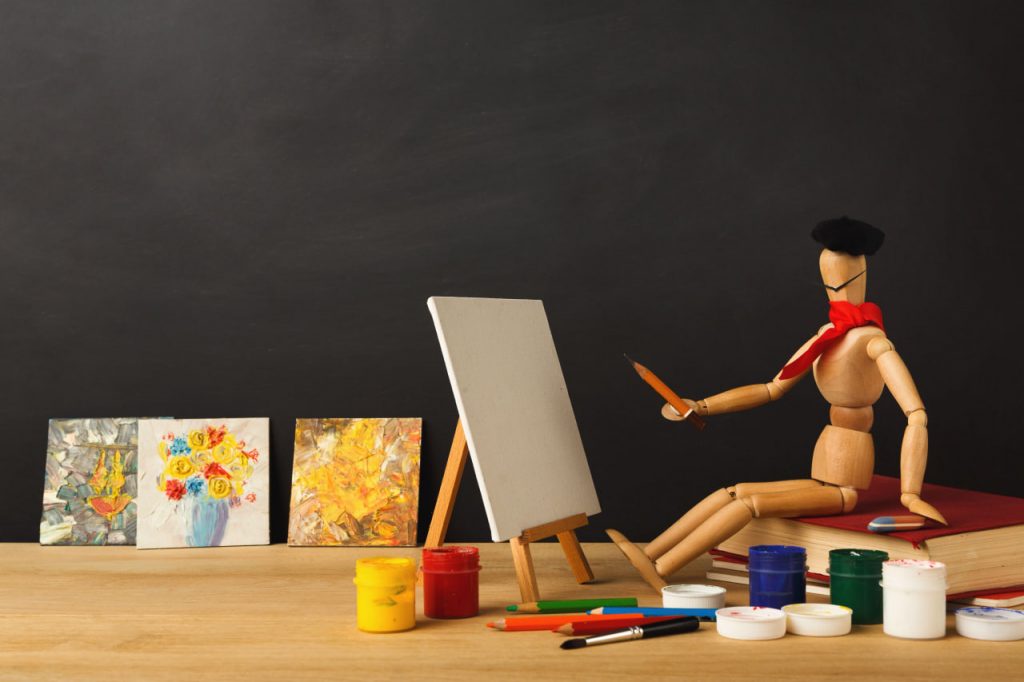Art doesn’t always begin at the page — sometimes, it begins in the body. Before lines are drawn, gestures are made. Breaths are taken. Feet touch the ground. In many cultures, ritual art is not only something we make, but something we live through. It emerges from movement, sound, and sensation, carrying the energy of the body into visual form.
Across traditions — from the trance dances of the San people to the meditative brushstrokes of East Asian calligraphy — movement is a sacred tool of artistic expression. The body becomes both the medium and the message. And from this embodied state, the most authentic and raw artworks often arise.
At Global Ritual Arts, we explore this connection through somatic rituals, guided visualizations, and drawing practices rooted in the body. You might dance before sketching. Walk in rhythm before painting. Let your hand be moved not by intention, but by instinct — as if the line already exists and you’re simply uncovering it.
This practice isn’t about technique. It’s about presence.
When you create from an embodied state, your lines become more than marks — they are traces of feeling, memory, and rhythm. A quick ink gesture might carry the echo of a drumbeat. A slow charcoal spiral might hold the memory of a breath taken in silence. Your art becomes a living ritual, even if the viewer never witnesses the movement behind it.
This kind of creation also helps you access deeper stories. The body remembers what the mind forgets — ancestral gestures, emotional truths, hidden griefs and joys. When we draw from the body, we make space for these layers to surface and take shape. This is not just expressive art — it’s healing art. Art as ceremony.
We invite you to step into this practice not with a goal, but with openness. What would it mean to begin your sketch not with an idea, but with a sway? Not with a subject, but with a breath?
Through our workshops and explorations, you’ll learn how to bring ritual into your drawing process — not as decoration, but as foundation. You’ll discover how movement-based art connects you not just to culture, but to self. And you’ll begin to trust that your body, too, is a source of wisdom worth listening to.
Let your hands dance. Let your lines breathe. Let your body draw the sacred.

